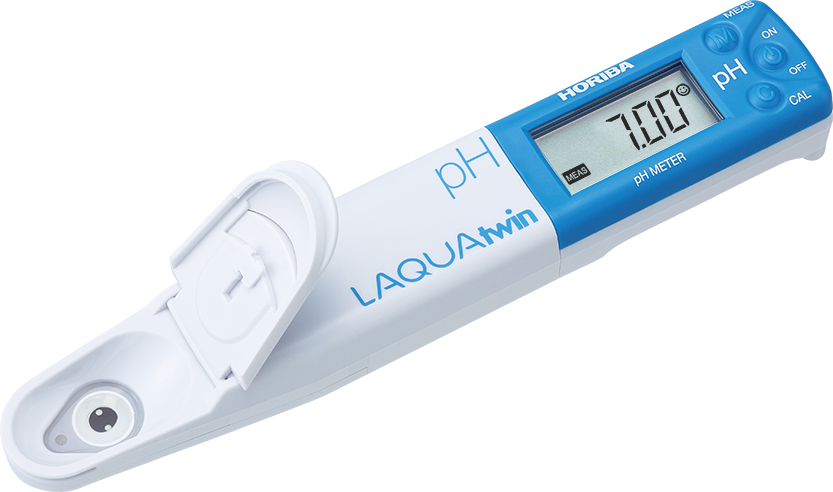Aquarium Water Testing
Testing aquarium water such as freshwater and saltwater (either natural or artificial seawater) with reliable instruments is necessary to create a clean and safe environment for your aquatic species. The LAQUAtwin pocket meters require only few drops of water and deliver the results in just few seconds.
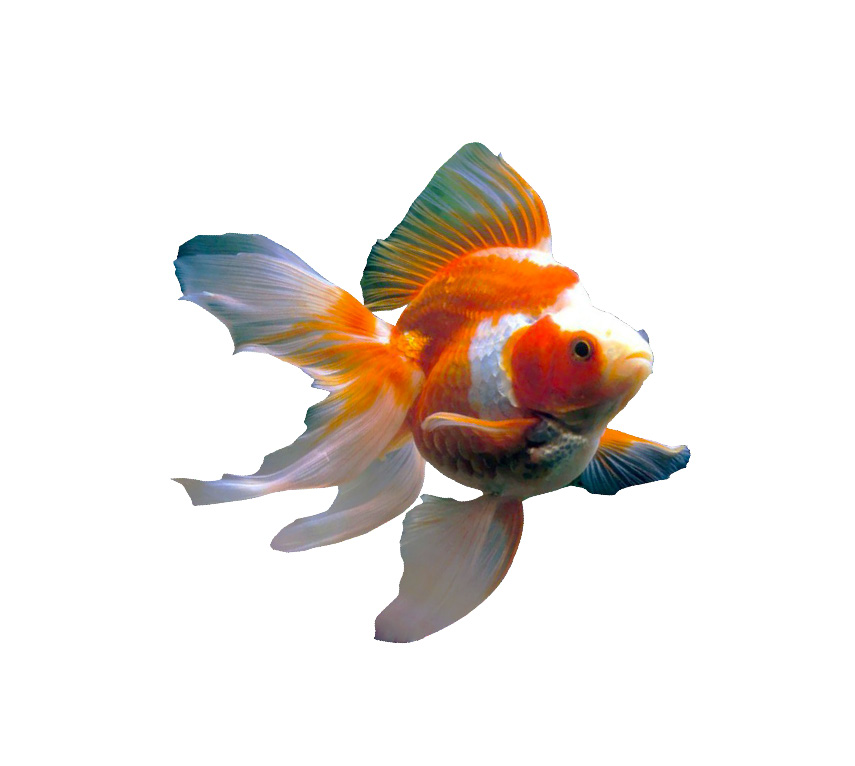
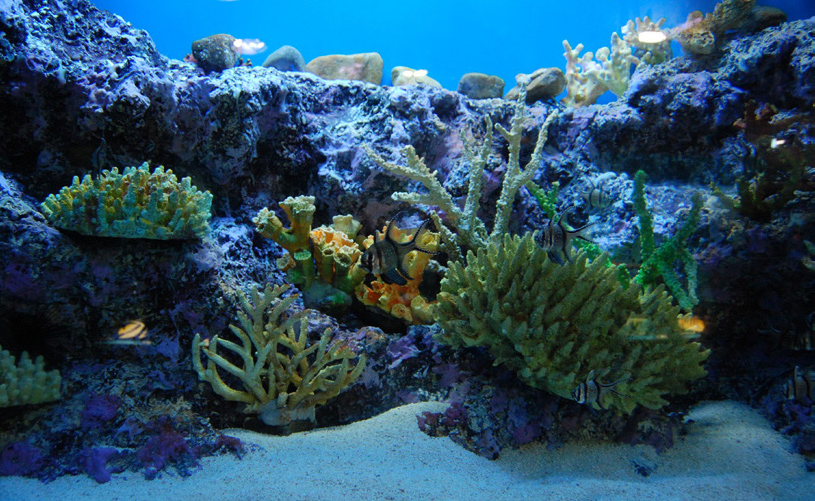
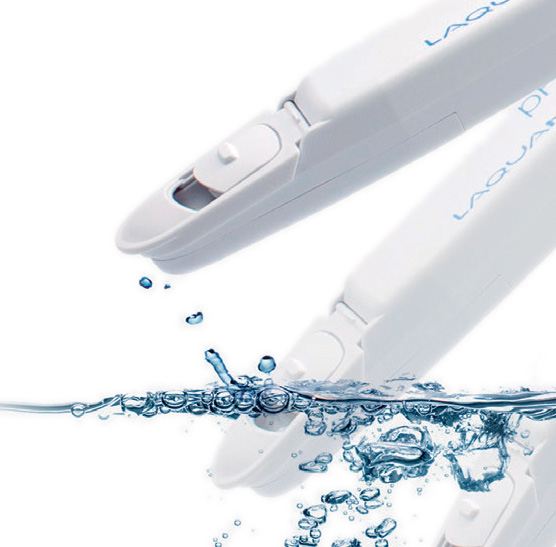
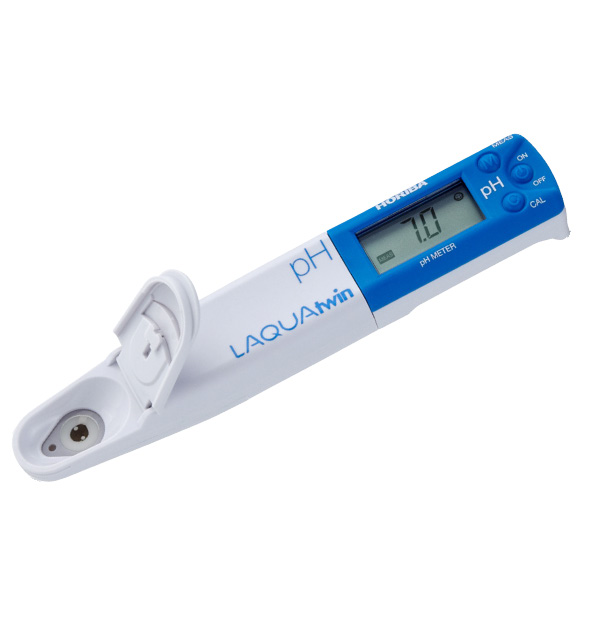
Introduction
Aquarium water chemistry is of vital importance to the health of fishes and other aquatic species. Aquariums may have freshwater or saltwater. Saltwater, either natural or artificial seawater, is used in fish-only, fish-only with live rock (FOWLR) and reef tanks while freshwater is used in planted, biotope, cichlid, brackish and predator tanks. In general, the former is more expensive and more difficult to maintain as additional equipment and frequent testing is needed.
To ensure good water quality, maintenance (filtration, water changes, and testing) is required on a regular basis. For testing, the saltwater parameters for reef aquarium, taken from Reefkeeping Online Magazine, are summarized in Tables 1 and 2 and some of them are explained below.
Calcium
Calcium is an essential element for coral health in a saltwater aquarium. It is used by corals to form their skeletons, composed primarily of calcium carbonate. When calcium level drops below 360ppm or depleted in water, it becomes difficult for corals to collect calcium for their growth. In this instance, calcium chloride (CaCl2) can be added to water to raise the calcium level.
Alkalinity
Alkalinity, also called carbonate hardness, is caused by carbonate (CO32-) and bicarbonate (HCO3-) anions.
It is expressed as either parts per million (ppm or mg/L) or degree KH (dKH). One dKH is equal to 17.848 ppm CaCO3. Like calcium, alkalinity is also essential for the skeletons of corals. It is believed that corals take up the bicarbonate, convert it to carbonate then use that to form calcium carbonate skeletons. Balanced calcium and alkalinity additive system like limewater, calcium carbonate, and the two-part additive systems are recommended for routine maintenance while baking soda or washing soda is recommended for quick alkalinity correction.
Salinity
Salinity is the measure of all the salts dissolved in water. It is related to the concentration of dissolved salts in seawater. The main difference between fresh water and salt water is the salinity content. Fresh water contains only small amount of salts. Too much or too little salt will adversely affect the health of fishes. The recommendation is to target the natural seawater salinity value, which is 35 ppt. To create this natural environment, add more fresh water if salinity is high or increase the amount of salt mixture if salinity is low.
Salinity can be measured directly with a salt meter or indirectly with a conductivity meter. The 35 ppt salinity value (specific gravity = 1.025) of seawater is equivalent to 53 mS/cm conductivity.
Temperature
The best water temperature depends on the species in the aquarium. In general, tropical fishes are healthy in the range of 24 – 28ºC. Cold water fishes, like goldfish, enjoy water below that temperature range. Ensure a stable temperature as rapid, drastic and frequent temperature changes throughout the day are stressful for fishes.
Another important factor to note is the oxygen availability to fishes. Oxygen is less soluble in water at higher temperature.
pH
pH, stands for power of hydrogen, is the measurement of hydrogens ions in a solution. This gives us the acidity or alkalinity of water from a scale of 0 to 14. The carbonate hardness and calcium level in water affect the pH value. The optimal pH also depends on the species in the aquarium. For most species to survive, the pH of water should be close to pH 8.2 of natural seawater.
There are several ways to adjust the pH. To raise pH, add crushed corals, limestones, or baking soda or perform aeration. To lower pH, add driftwood or peat. Remember to adjust the pH slowly as rapid, drastic and frequent pH changes could kill your species.
Magnesium
Magnesium is another element used by corals for growing their calcium carbonate skeletons and coralline algae for their calcium carbonate deposits. This ion is abundant in natural seawater. Magnesium should be measured, particularly if the aquarium’s calcium and alkalinity levels seem difficult to maintain. The magnesium concentration should be close to 1280ppm of natural seawater.
Phosphate
High level of phosphates inhibits calcification or building-up of calcium carbonate skeletons of coral and coralline algae. Above 0.03 ppm, algae growth is uncontrollable. Thus, keeping the phosphate concentration below 0.03ppm will deter algae growth.
To maintain low levels of phosphate, apply phosphate export mechanisms, such as growing and harvesting macroalgae or other rapidly growing organisms. Another way is to use limewater, phosphate binding media, or foods without excessive phosphate.
Ammonia
Ammonia is excreted by all aquatic animals and is considered toxic to them even as low as 0.2ppm. The ammonia level in water increases as the pH level rises. In this instance, transfer the fishes to cleaner water or treat the aquarium with ammonia-binding product.
The LAQUAtwin pocket meters are used to measure and monitor freshwater or saltwater in aquarium. The meters have flat sensors for quick, direct and accurate measurement of micro volume water samples without adding any chemicals.
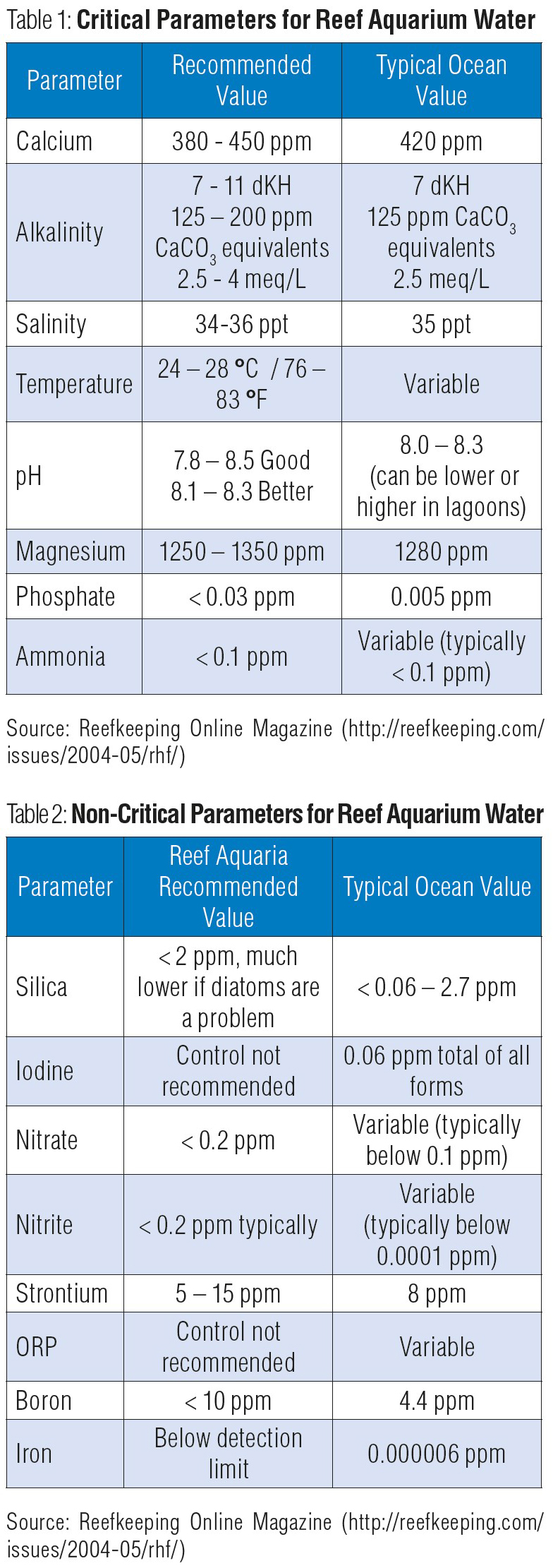
Method
Calibrate the LAQUAtwin pocket meters according to manufacturer’s instructions using the standard solutions included in each kit.
Sample Measurement
Place a sample of aquarium water onto the sensor by using a pipette or by opening the sensor cap and scooping water directly from the aquarium. Alternatively, perform direct measurement by opening the sensor guard and immersing the sensor into the aquarium. Rinse the sensor with DI water and blot dry with soft tissue between samples.
When measuring sample, you may allow the meter to lock the stable reading by pressing MEAS button. This activates the auto-hold function—MEAS will blink until the reading is stable and ☺ will appear. Press MEAS button again to deactivate auto-hold function. Note: For pH, salt, and conductivity meters, make sure to set auto-hold (AH) in the meter settings prior to measurement.
Results and Benefits
The Table 3 below shows the results of LAQUAtwin pocket meters in artificial seawater measurement. The results were compared against the values indicated in the product label.
Salinity and Conductivity
The Salt 11 meter is programmed with sodium chloride (NaCl) and seawater curves. For this application, seawater curve is suitable. The meter displays both salinity and temperature readings.
The EC 11, 22, or 33 conductivity meters can be used to determine salinity indirectly. After obtaining the conductivity value, refer to Table 4 to check the corresponding salinity value.
pH
The pH 11, 22 or 33 meters have temperature compensation function, but only pH33 meter displays the temperature reading. For accurate measurement, calibrate the meter with at least two pH buffers that bracket the expected sample pH. If the expected pH is 8.0, select USA buffer setting and calibrate the meter using pH 7.00 and 10.01 buffers or select NIST buffer setting and calibrate using pH 6.98 and 9.18 buffers.
Calcium, Sodium, Potassium, and Nitrate Ions
The B-722 meter, B-731 meter, and B-751 meter measure the free sodium ion, potassium ion, and calcium ion, respectively. All the results obtained in artificial seawater measurement have less than 10% error.
In nitrate ion measurement, chloride ion in seawater is one of the interfering ions. The chloride ion concentration in seawater is around 20,000ppm and will affect the nitrate ion concentration. The target nitrate concentration in aquarium water is less than 0.2ppm, but the B-743 meter measures nitrate in 62 to 6200 ppm range.
References and suggested Readings
- Saltwater Versus Freshwater Aquariums by Katherine Barrington http://www.ratemyfishtank.com/blog/saltwater-versus-freshwater-aquariums
- Reef Aquarium Water Parameters by Randy Holmes-Farley http://reefkeeping.com/issues/2004-05/rhf/
- AquariumDetective.com http://aquariumdetective.com/articles/watertest.php
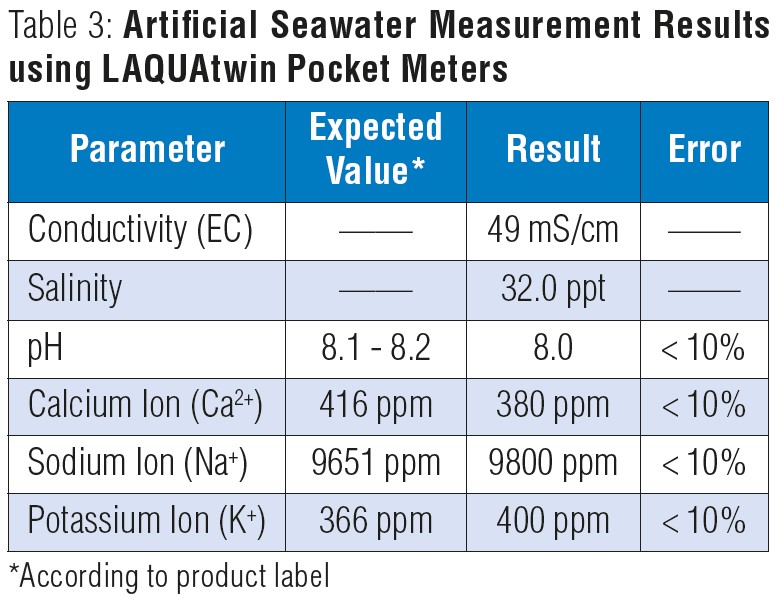
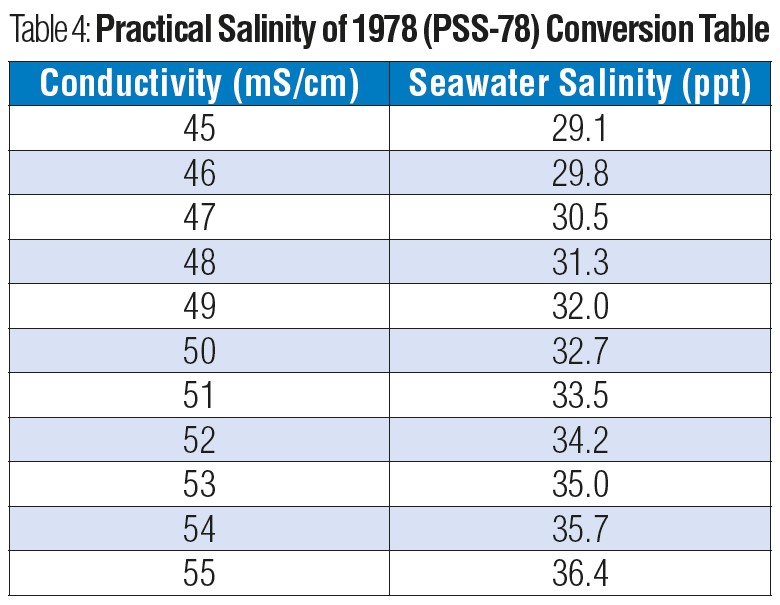
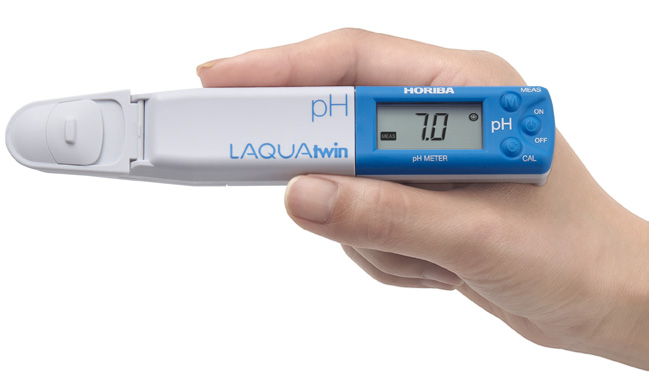
LAQUAtwin: the only meters with flat sensor technology.
HORIBA’s highly-sensitive, flat sensor technology opens up new possibilities for sampling and sample types. Only a small amount of sample is required, so you can easily sample in situ without the need for beakers or other labware. Sensors are easily replaced as required.
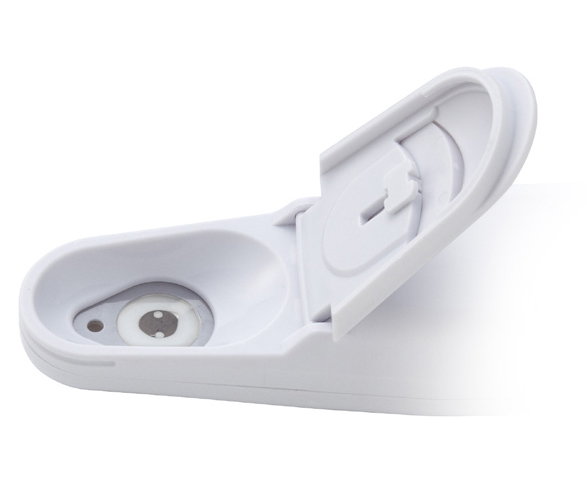
Calibrate and measure at the touch of a button — the smiley face will tell you when the result can be read.
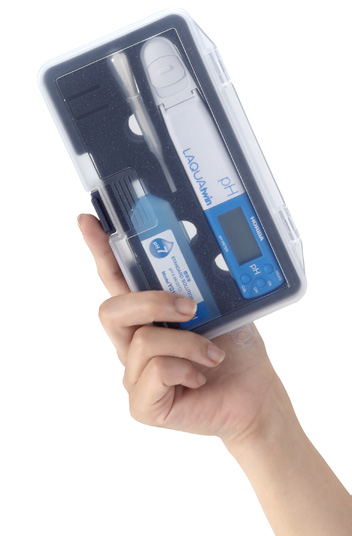
LAQUAtwin is fully waterproof and dustproof.
The meter and sensor are fully waterproof* and dustproof, so you can take it anywhere.
* IP67 rated. Will withstand immersion for 30 minutes at 1 m. Not suitable for underwater use.
Carry case comes as standard for handy portability.
The compact carry case contains everything you need for your measurements, including the standard solution and sampling sheets.

